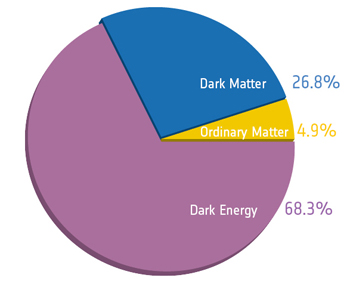 Listening to the Sound of the UniverseSonification: Ryan McGee , UCSB Media Arts Technology Group Web design and graphic interface: R.J. Duran, Jr., UCSB Media Arts Technology Group Content: Dr. Jatila van der Veen , UCSB Experimental Cosmology Group and Professor Lloyd Knox , UC Davis Cosmology Group |
Note: The applications are written in WebGL. Minimum system requirements:
If you are using Google Chrome and have trouble seeing the applications, make sure WebGL is enabled in your browser settings. If you go to chrome://gpu, you should see "WebGL: Hardware accelerated" under "Graphics Feature Status", indicating WebGL is working. Verify that WebGL is enabled by going to http://get.webgl.org/. You should see a spinning cube. It is possible for the application to work on Windows XP if you have a graphics card that supports WebGL. To find out if your graphics card supports WebGL, see https://www.khronos.org/webgl/wiki/BlacklistsAndWhitelists for further support. |
|
The Cosmic Microwave Background (CMB for short) is the oldest light we can observe, coming to us from a time when the Universe was just 370,000 years old, approximately 13.8 billion years ago. The high-precision map of the CMB that has been produced by the Planck Satellite has allowed us to make the most precise determination of the composition of the universe, after more than twenty years of research. Normal matter (also called baryonic matter), that makes up stars and galaxies, planets and living things, contributes just 4.9% of the universe's total mass/energy inventory. Dark matter is detected indirectly by its gravitational influence in a number of settings, including its influence on stars and gas in galaxies and on gas and galaxies in clusters of galaxies. Like baryonic matter, it becomes clumpy under the influence of gravity. Dark energy, in contrast, is a smoothly distributed substance which provides an explanation for the observed acceleration of the expansion of space. We find we need dark matter and dark energy to explain the CMB data, with dark matter accounting for 26.8% of matter/energy and dark energy for 68.3%. |
